
Question and Answers Forum
Question Number 60085 by mr W last updated on 17/May/19
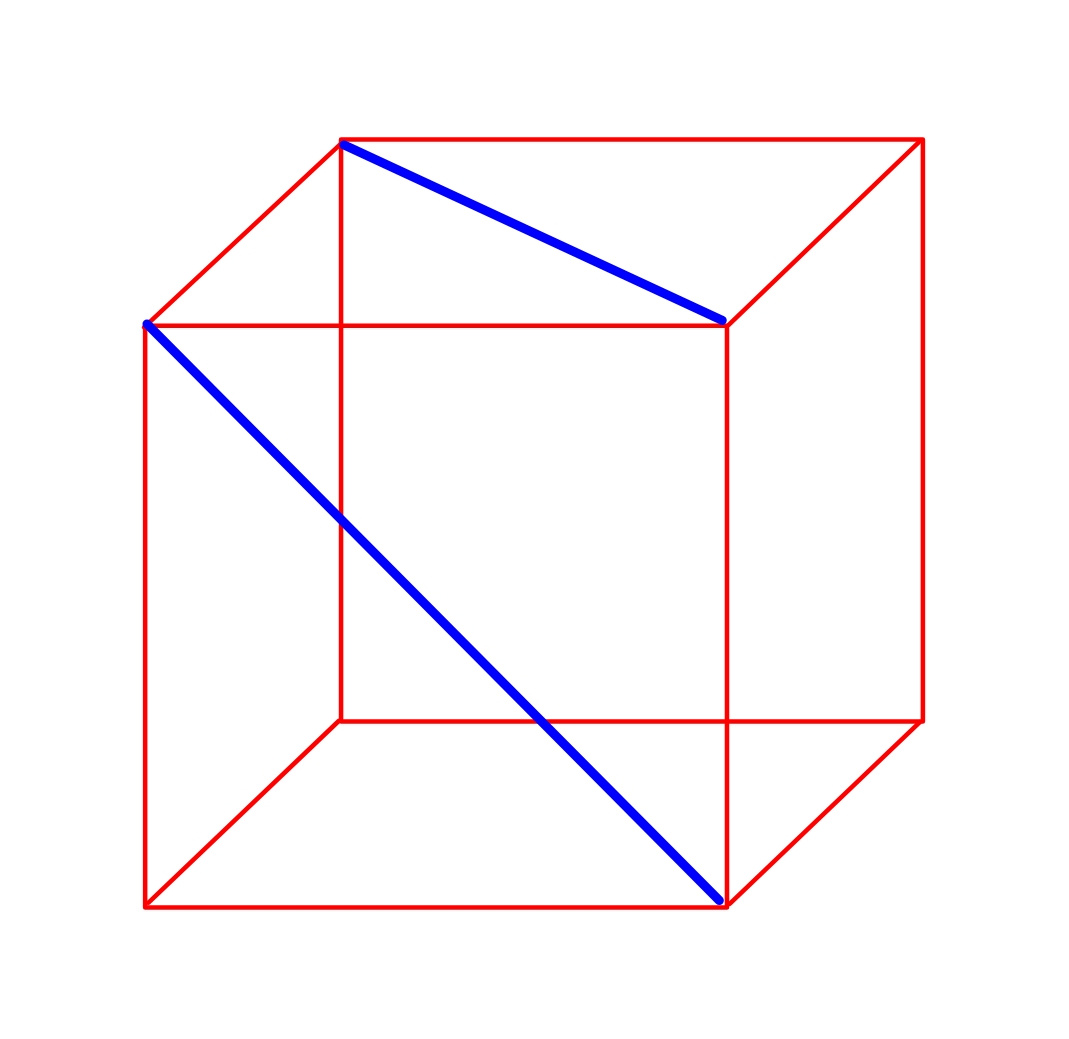
Commented by mr W last updated on 17/May/19

Commented by ajfour last updated on 17/May/19
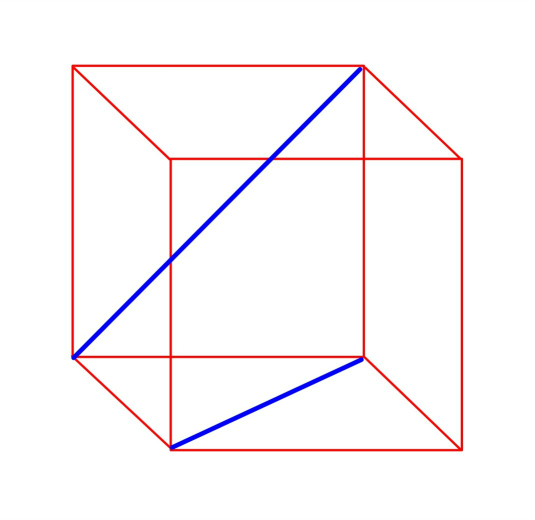
Commented by ajfour last updated on 17/May/19
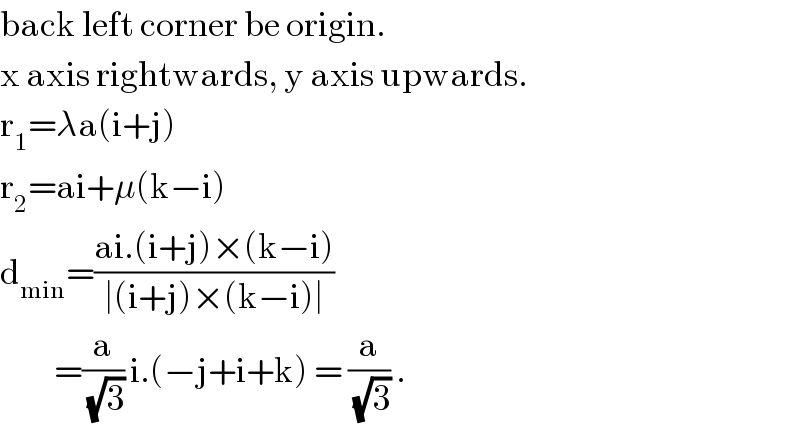
Commented by mr W last updated on 17/May/19

Answered by mr W last updated on 18/May/19
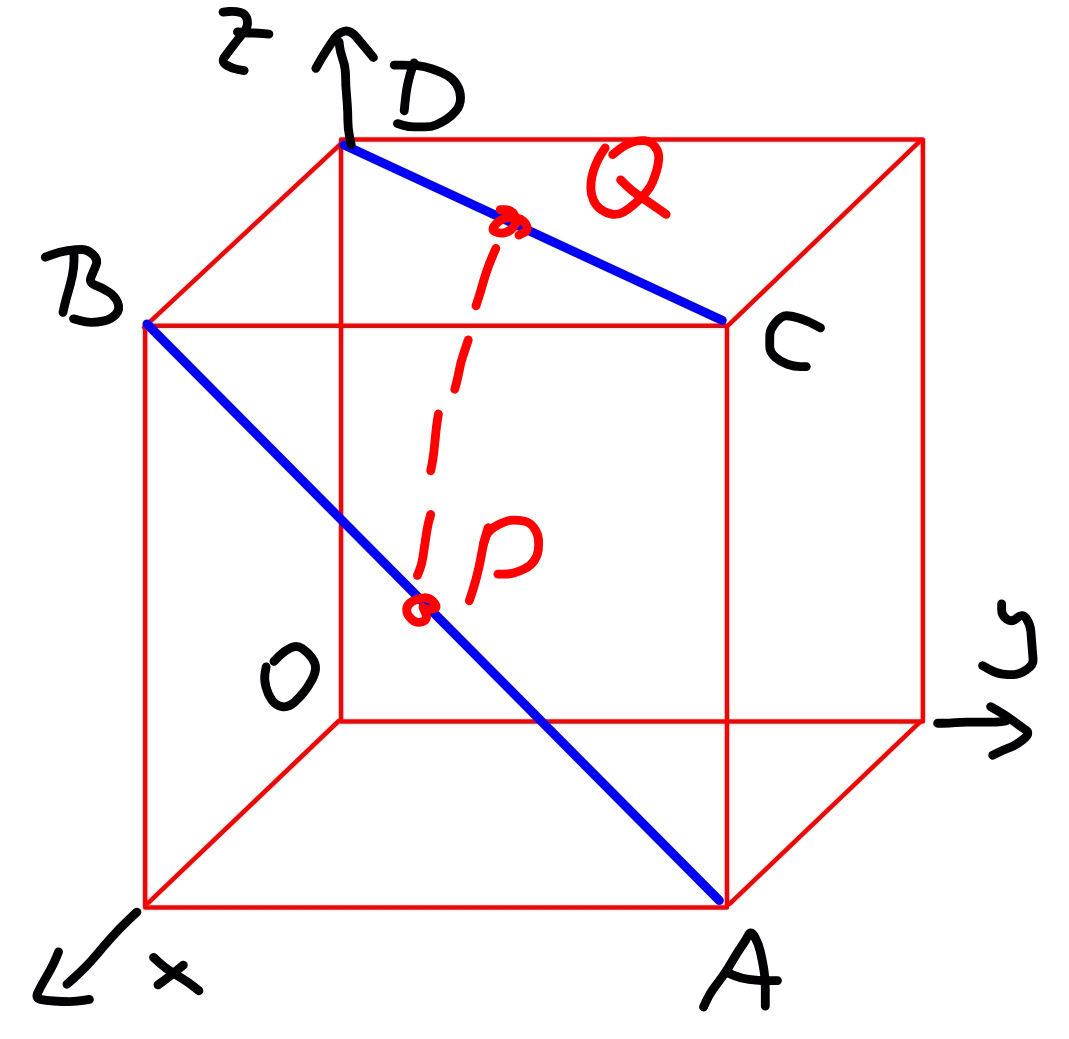
Commented by mr W last updated on 18/May/19
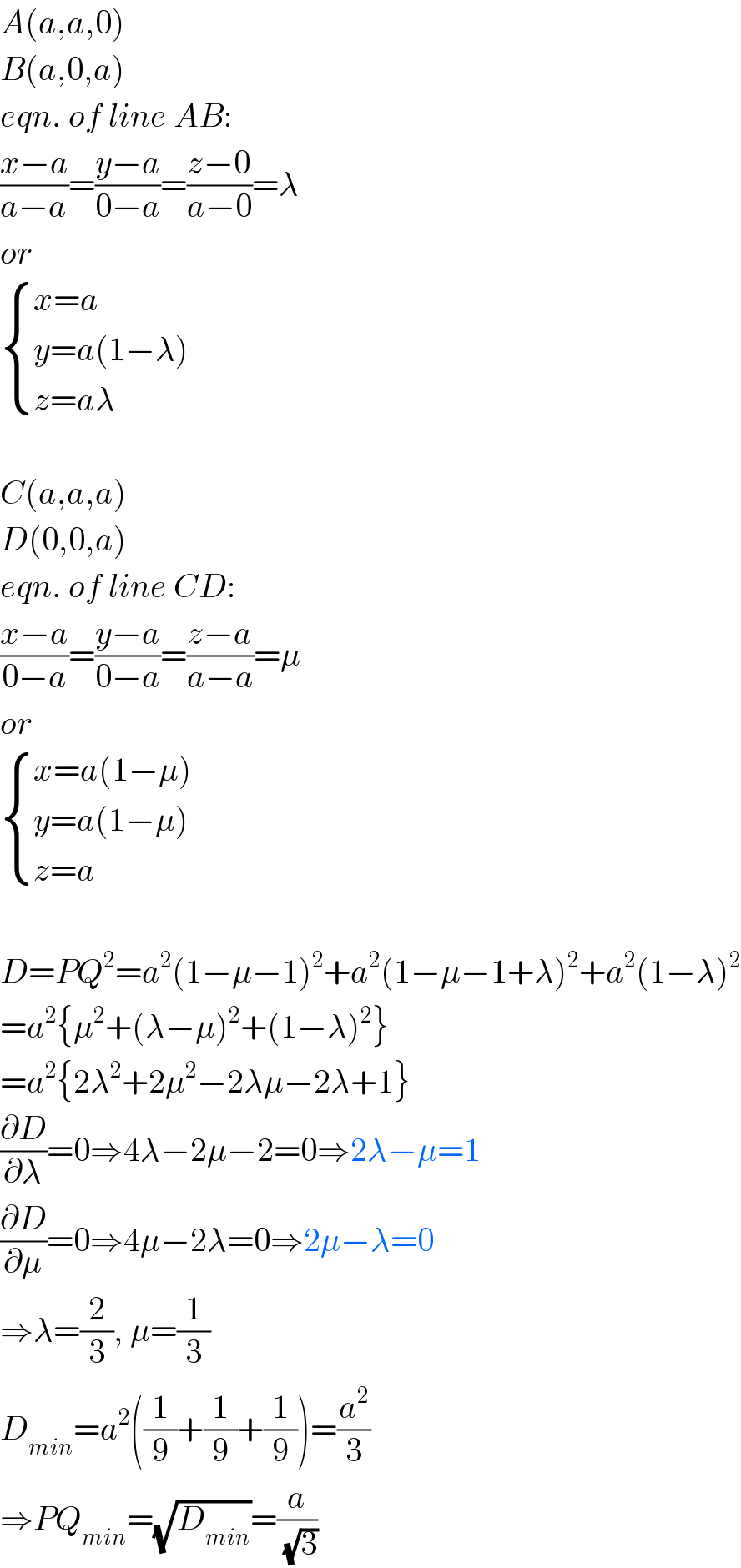
Commented by ajfour last updated on 18/May/19

